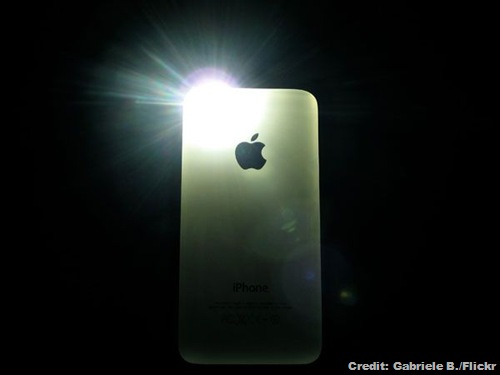
9 Essential Gadgets the iPhone Can't Replace... Yet
By Mark Wilson, Popular Mechanics, 7 August 2012.
By Mark Wilson, Popular Mechanics, 7 August 2012.
Our smartphones are the Swiss Army knives of the digital age. But in place of nail files and can openers, they've leveraged microprocessors, touchscreens, and the omnipresent wireless architecture of the Internet to tackle any problem - from balancing friendships to balancing checkbooks, from navigating the night sky to navigating rush hour traffic. (Remember when telephones, point-and-shoot cameras, portable media players, maps, PDAs, and calculators were all separate items?)
Despite their power and versatility, however, our smartphones can't do everything. We still need discrete devices in everything from survival to entertainment, and we can't unify all of our gadget needs into one device - yet.
1. Game Console
Credit: Oneras/Flickr
Angry Birds is the bestselling game of all time. But when hard-core gamers have an itch to scratch, smartphones don't hold a candle to full-blown gaming consoles.
Interestingly enough, the lack of deep, immersive games on phones is not necessarily a problem with cell phone processors and GPUs: While Xboxes and PlayStations only see hardware upgrades every eight or so years, iOS and Android devices get massive technological improvements every year. The problem may in fact be twofold. The first is obvious in Angry Birds itself, which achieved its phenomenal success largely because of its simplicity. Disposable, casual titles have proven so successful for pocket experiences and are so much cheaper to produce than Hollywood-scale console games, that they have come to dominate mobile gaming while leaving the blockbuster AAA games to consoles. Second is the fact that touchscreens still lack the incredibly accurate controls we get on gamepads (and that gamers like to play Call of Duty on the big screen).
2. Wilderness GPS
Credit: meddygarnet/Flickr
Yes, your iPhone has GPS; that's why Yelp and Foursquare can find you with a couple of taps on the screen. Generally, a phone triangulates your position by quick Wi-Fi and radio antenna scans, because these are much easier on the battery than firing up a power-hungry chip to sync up with GPS satellites.
Most of the time this is great. But should you find yourself out in the wilderness, surrounded by trees rather than antennas, a cell phone GPS faces a challenge it's not really optimized to complete. Batteries will drain quickly searching for satellites through forest cover. And even if the GPS can find you, any causal map app won't be able to download map tiles from the cloud if you're away from a tower. (Google Maps can store local maps in Android, but it's a setting you'll need configured before getting lost.)
While the iPhone might be pushing dedicated in-car GPS receivers with turn-by-turn directions toward obsolescence, wilderness GPS units are still a must-have for serious outdoors enthusiasts.
3. Zooming Camera
Credit: jurvetson/Flickr
Most of the time - let's say 85 percent of the time - a smartphone camera is good enough. Sure, its pictures are grainy on a large screen, and the low light photos tend to get blurry without a flash. But Instagram! Sharing photos on Facebook while you're still out! For the convenience factor alone, it's worth putting up with the inconveniences - except for one. Smartphone cameras have virtually ignored zoom lenses. And while post-production filters can do a lot to improve pixely, low-contrast shots, there's no replacement for the up-close-and-personal view of a zoom lens.
And, no, digital zoom doesn't count. Please stop using it.
4. A Basic Laptop
Credit: Gabriele B./Flickr
It's too much to ask a smartphone of today to be a laptop. (Same goes for a tablet, but they're getting there.) Still, they're not as far off as you might think - at least not when it comes to the basic functions for which most people use their laptop.
Consider word processing (beyond text or tweet length), massive media storage, usable multitasking, and apps with rock-solid stability. If smartphones had just three out of four of these features, a vast majority of users could ditch their home PCs. But as of today, the cloud hasn't yet made phone storage feel truly infinite (but it can feel frighteningly insecure), onscreen keyboards are fraught with inaccuracy, you can't find an app in the App Store that doesn't have a slew of complaints on stability, and no mobile platform has the seamless multitasking we have in Windows or Apple's OS X. A modern phone may do 99 percent of what a laptop can do, but how well it does it makes all the difference.
5. Walkie-Talkie (or Hard Wire!)
Credit: ezola/Flickr
If the local cell tower is jammed, like at pretty much any sporting event, you can be stuck unable to make calls. And if a disaster strikes, this problem is compounded. Yet there are solutions for these problems. Shortwave radios can enable walkie-talkie chatter, and hardlines - true analogue lines rather than digital services - can connect you quite reliably to the rest of the world. But cell phones are small, so they don't make room for bulkier analogue equipment, necessary jacks, or even diminutive phone-to-phone walkie-talkie hardware. (Even if there were room for such things, Apple is all about removing ports in the name of its streamlined design, not adding them. So don't hold your breath for an iPhone with extra jacks.)
Powerful as they are, then, smartphones are not truly capable of communication on their own accord, meaning that when the apocalypse comes, we probably won't be able to tweet about it.
6. Cable Box/DVR
Credit: Mr. T in DC/Flickr
It's simple to watch YouTube, or even a full movie via Netflix or iTunes, from your pocket. But you can't set this week's Breaking Bad to record onto your phone. And regional sports broadcast restrictions mean that it can be very difficult to catch some games online, even when you fork over big bucks for those season-long subscription packages.
There's no fundamental technological reason that a phone couldn't be your DVR. The reason you can't do it is that the cable and satellite providers won't let you, and there's no indication we'll ever have such freedoms. Apps from DirecTV and Comcast are slowly bridging this gap. But we won't be able to record a program to replay forever. We'll be at the mercy of cable providers cutting new deals with content providers, never knowing if we'll ever be able to catch up on the last season of The Bachelor.
7. Flashlight
Credit: Robert S. Donovan/Flickr
Flashlight apps are a godsend. Lighting up a phone's screen or LED flash in a pinch has illuminated many lost keys and dropped rings. But a single LED lacks the power to make large environments glow. When you need light in the dark - trailblazing, blackout-beating, following-Lassie-to-the-well light - you need a real deal flashlight.
Ironically, many modern flashlights are themselves fitted with LEDs. But LEDs release a spectacular amount of heat in very small circuitry, which is why your iPhone isn't currently fitted with a more powerful torch.
8. Graphing Calculators
Credit: stuartpilbrow/Flickr
The iPhone comes standard with a basic calculator - one functionally similar to that famously designed by Steve Jobs himself for the original Mac. But there's a lot it can't do, like graph parabolas. This isn't a big deal when you split a check for seven, but for students it obviously falls short. Graphing calculator apps can solve this, of course - and there are many - but students take standardized tests that can't have the Internet lurking at the touch of an icon.
So for now, Texas Instruments continues to make a killing on technologically stunted graphing calculators, specifically because they're so incapable, while powerful smartphones need to stay in backpacks during tests (and most aspects of high school).
9. Wallet
Credit: 401(K) 2012/Flickr
Payments are undoubtedly going digital. NFC chips will soon be a standard in phones, backed by transaction software from companies such as Google, Square, and PayPal. So it seems a no-brainer that cell phones will replace wallets in the nearest of futures.
Except they won't, not entirely. Even when all of the infrastructure trickles into our local stores, even when you swipe your phone rather than your Visa card, we'll still have the need for a place to store loyalty punch cards, your gym membership ID, the emergency condom, and, most disappointingly, your driver's license. Because if you think the DMV is going to let you slide with a cheeky Facebook picture and UDID-based syncing system, you've got another thing coming, friend.
Top image: Credit: Gabriele B./Flickr
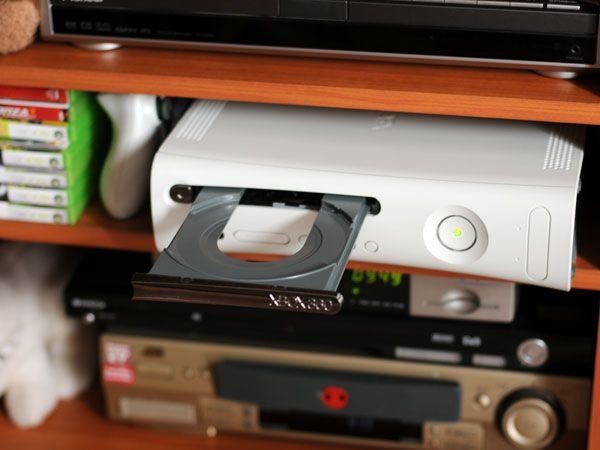
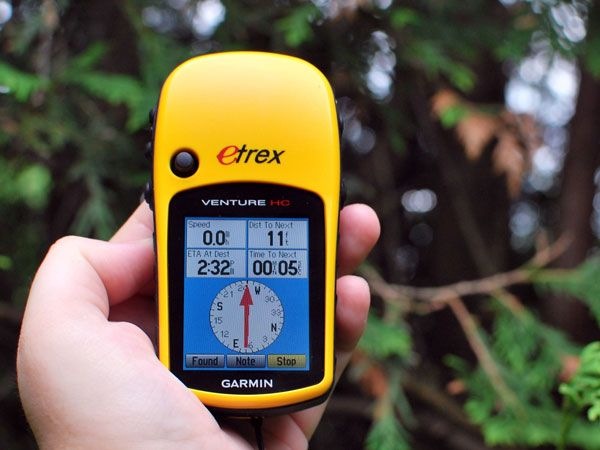
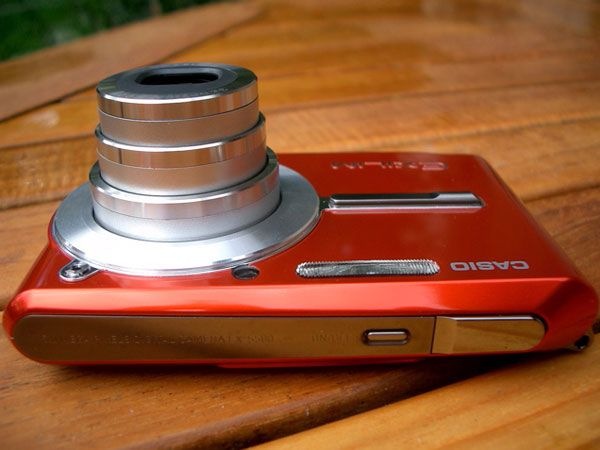
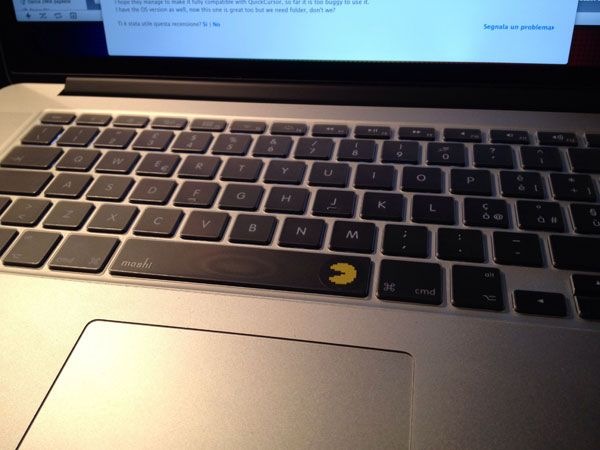

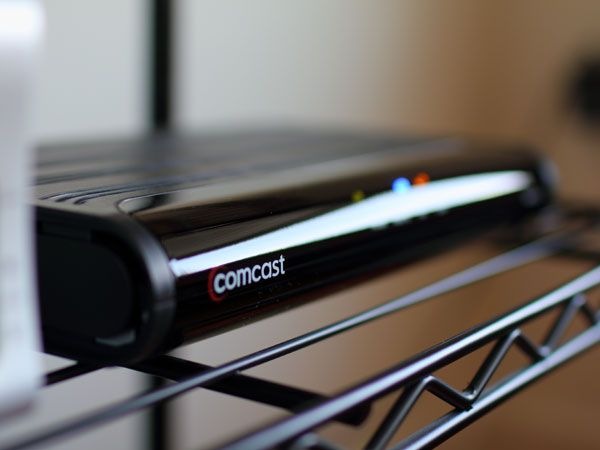

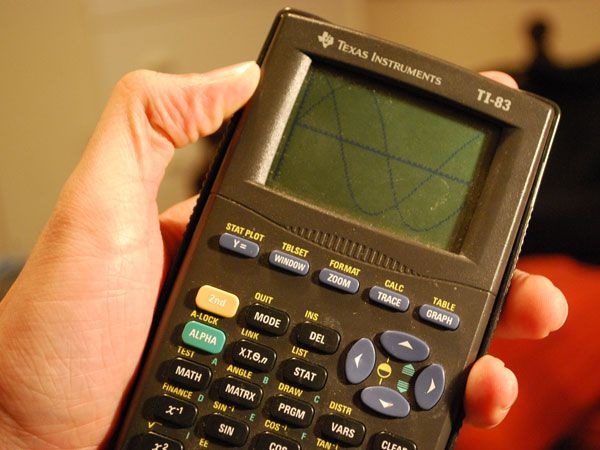

No comments:
Post a Comment
Please adhere to proper blog etiquette when posting your comments. This blog owner will exercise his absolution discretion in allowing or rejecting any comments that are deemed seditious, defamatory, libelous, racist, vulgar, insulting, and other remarks that exhibit similar characteristics. If you insist on using anonymous comments, please write your name or other IDs at the end of your message.